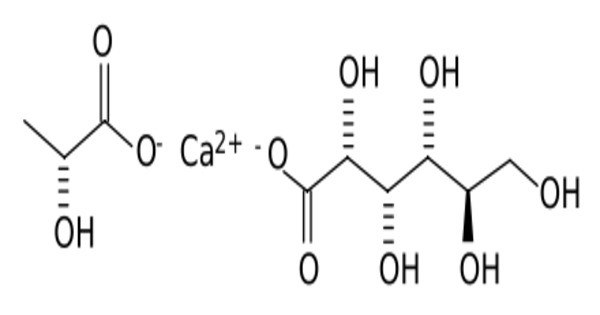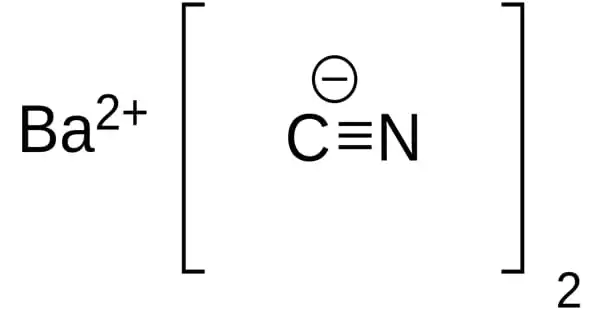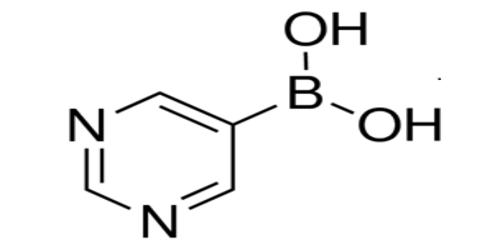Calcium lactate gluconate, also known as GLOCAL, is a soluble salt of calcium, lactic acid and gluconic acid used in effervescent calcium tablets. It is a compound that combines two different forms of calcium salts: calcium lactate and calcium gluconate. Both of these are used in various medical and nutritional applications to supplement calcium levels in the body, especially in cases of calcium deficiency or for specific medical purposes. Its chemical formula is Ca5(C3H5O3)6·(C6H11O7)4·2H2O.
It was first developed by Sandoz, Switzerland. Calcium lactate gluconate is used in the functional and fortified food industry due to its good solubility and neutral taste. In addition, it is used in various spherification techniques in molecular gastronomy. It can also be used to help neutralize HF (hydrofluoric acid) poisoning.
Properties
- Chemical formula: C9H16CaO10
- Molar mass: 324.295 g·mol−1
- Appearance: white, taste- and odourless, crystalline solid
- Solubility in water: 400 g/L
Occurrence
Calcium lactate gluconate does not occur naturally in a single compound form but is a combination of two commonly occurring salts, calcium lactate and calcium gluconate. Both salts are widely used in supplements and the food industry, and their combination can be beneficial for specific health and nutritional purposes. It naturally occurs in some foods as a calcium salt but is more often synthetically produced for use in food and health products.
Uses
- Supplementation: It can be used to supplement calcium in the body when calcium levels are low.
- Medical Treatment: Used intravenously in emergency situations to address acute calcium deficiencies.
- Food Additive: Calcium lactate is sometimes added to foods and beverages for fortification.
















